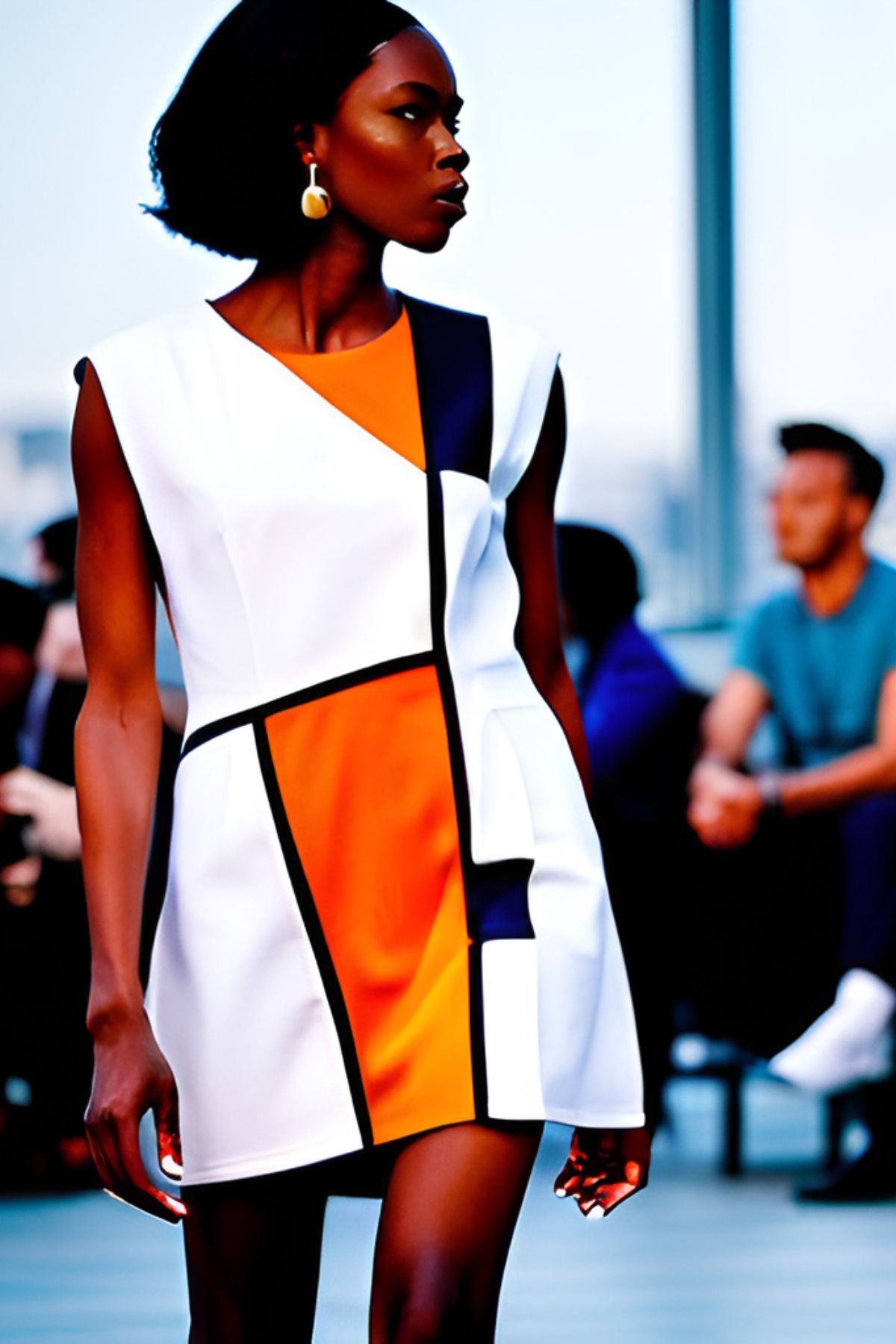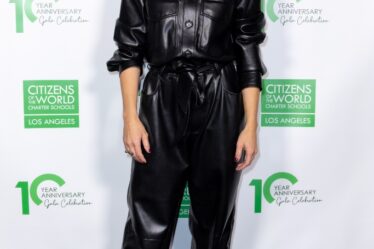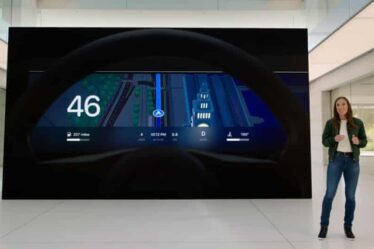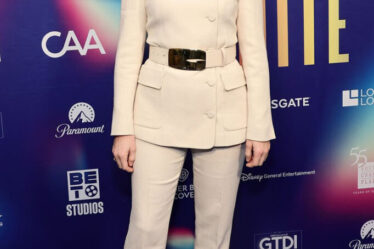
A new technology is threatening to upend an entire creative field and automate away human skill and invention, making people all but unnecessary as it cranks out an endless supply of soulless junk.
The statement might reflect the current fears about generative artificial intelligence in fashion and other industries, but it also describes how many artists and critics felt about the invention of photography in the 19th century. Their distress is frequently summed up with the tale of French artist Paul Delaroche, who supposedly exclaimed on seeing a Daguerrotype in 1840, “Painting is dead!”
It wasn’t, but the concern was understandable. Painters, who’d held a near monopoly on capturing visual scenes, faced a novel technology that could do the job with unmatched speed and precision. The anxiety persisted for decades. In 1901, the artist Henrietta Clopath noted in the art journal “Brush and Pencil” that some people thought once colour photography was perfected and became widespread “the painter will have nothing more to do.”
Some in fashion today are likewise worrying the boom in generative AI portends a time when all fashion will be designed by algorithm and human creators will be out on the street. It’s too early to say what the technology’s full impact will ultimately be, but the likelihood of that seems low. If art after photography is any indication, fashion will adjust.
“I think it will push us to an appreciation of physical craft to an even higher extent,” Matthew Drinkwater, head of the Fashion Innovation Agency at London College of Fashion, told me in June.
As his title indicates, Drinkwater is no technophobe. The aim of the FIA is to anticipate which technologies will be significant three to five years in the future and explore their possibilities. The agency started experimenting with image-generating AI systems in 2019, and Drinkwater believes the technology could change the way designers work. What he doesn’t believe is that it will eliminate the need for human creativity or knowledge of the craft of fashion. To produce good designs with AI, they still need to understand physical clothing.
“When it becomes really simple to generate digital imagery, tangibility of physical products becomes even more important to us,” he said.
While the fantastical imagery made possible by AI looks to be contributing to a surge in surrealist marketing, it doesn’t mean traditional campaigns will go away either. On the contrary, Tom Hyde, vice president of strategy at creative agency Movers+Shakers, recently told BoF he thinks the pendulum may soon swing back the other way.
“We might see a backlash and move back to actual physicality, craft and genuine in-world experiential creativity,” he said.
In painting, the advent of photography is said to have helped spur the movement toward expressionism, which eschewed realistic portrayals of the world — something a camera could do anyway — in favour of using formal characteristics such as line, colour and composition to project the artist’s inner thoughts and emotions. But many painters also took influence from photography, including its ability to freeze time. Now celebrated artists such as Gerhard Richter may use both mediums, or combine them.
Photography, which would take time to become widely recognised as its own art form capable of doing more than mechanically reproducing the world, would have a profound effect on fashion, too, of course. Fashion photography, with its roots in Victorian portraiture, evolved from pictures of dresses to selling dreams, to paraphrase famed Vogue photographer Irving Penn. It became one of fashion’s most important methods of communicating with its audience.
Technology is only ever a tool, and while it can have a great impact on the world, it’s the way it’s used that matters. Some such as Iris Van Herpen and Bottega Veneta are finding ways to put it to work in service of craft rather than instead of it. When it comes to generative AI, it’s up to fashion companies to decide if and how they want to use it.
Drinkwater believes there will be increasing opportunities for those interested in digital design, whether that involves AI or 3D design tools. But many will still pursue the more traditional physical route. (Generative AI, in fact, is so far proving a tough sell to many fashion students.) They don’t have to be mutually exclusive, however, and each could potentially benefit from the other.
“Eventually you’ll get that very beautiful blended technician that is going to build that next generation of experiences,” Drinkwater said.



